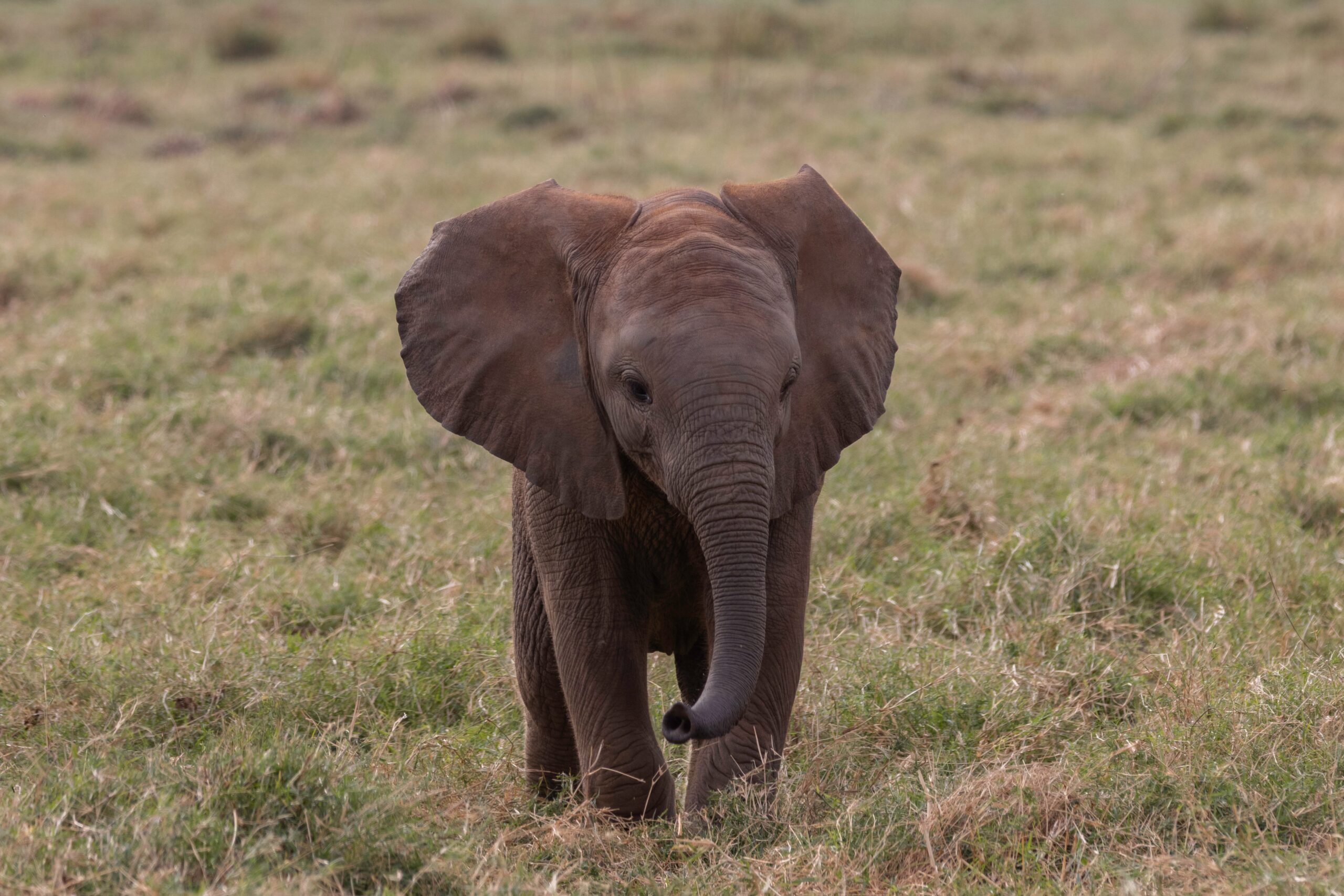
Baby Elephant | Photo by Vishva Patel | Pexels.com
Many animal species are facing endangerment and extinction due to human activity, deforestation and other causes. Here is a list of 10 of the most endangered animals this year.
10: Hawksbill Turtle
The Hawksbill Turtle is one of the seven species of marine turtles and is found in nearshore tropical and subtropical waters of the Atlantic, Indian and Pacific Oceans, according to World Wildlife Fund Inc. Currently, there are between 20,000 and 23,000 nesting turtles in the wild; however, it is difficult to assess an accurate number as turtles are ocean wanderers.
Within the last 30 years, the worldwide population of Hawksbill Turtles has decreased by 80% due to external factors, such as accidental capture in fishing nets, coral reef damage, illegal trade of Hawksbill shells and nesting habitat degradation.
At present, WWF lists Hawksbill turtles as critically endangered.
9: Sumatran Orangutan
With only 14,000 listed in the wild, the Sumatran Orangutan requires a vast expanse of connecting forest to live in, but fire and conversion of forests into plantations has increased the rate of loss of habitat, according to WWF.
Today, the majority of these orangutans are located in the tropical lowland rainforests and steamy peatland swamps of northern Sumatra and face the threats of logging, agricultural plantations and illicit pet trade.
8: African Forest Elephant
African Forest Elephants reside deep in the humid forests of west and central Africa. Due to the uncertain and shy nature of elephants, it is difficult to calculate the current population; however, WWF estimates that the population declined by 62% between 2002 and 2011, leaving African Forest Elephants critically endangered.
Poaching is the primary cause of the decline, followed by habitat loss, which has caused an increase in human-elephant conflicts, leading to losses on both sides.
Today, African Forest Elephants mostly inhabit Gabon and Republic of Congo.
7: Black Rhinos
There are approximately 6,487 Black Rhinos in the wild after only 2% surviving the onslaught of poaching between 1960 and 1995, according to WWF. Since the 1990s, Black Rhino numbers have doubled due to rhino conservation in Africa.
The biggest threat to the remaining population is still poaching for Black Rhino horn, with 10,000 Black Rhinos being killed in the last 10 years to supply the illegal rhino horn trade.
6: Yangtze Finless Porpoise
The only freshwater porpoise in the world resides in the Yangtze River in China and is currently a critically endangered species.
Some time ago, Yangtze River Dolphins lived alongside the porpoises; however, there have been no sightings of the dolphins in the last 20 years.
To protect this species of porpoise, China upgraded the finless porpoise to a “first-level protected species,” offering the highest level of protection. In 2018, porpoise numbers were stabilizing around 1,000 individuals in the wild.
5: Tapanuli Orangutan
The Tapanuli Orangutans have a solo, isolated population in the wild, which is restricted to the tropical forests of the Batang Toru ecosystem of Sumatra, Indonesia, according to WWF.
These apes have less than 800 individuals in the wild, making them the most endangered great ape species in the world.
Mining, agriculture, hydroelectric and geothermal development destroyed 40% of the forests of North Sumatra between 1985 and 2007, being the leading cause of the struggling numbers.
4: Mountain Gorillas
Mountain Gorillas live in two isolated populations in the high-altitude forests up in the volcanic, mountainous regions of Congo, Rwanda and Uganda.
In recent times, more humans have been moving to regions closer to the populations of Gorillas due to poverty in the region. Despite this, Mountain Gorillas have been making a promising recovery with the help of conservation and help of locals; however, with just over 1,000 individuals in the wild, the recovery process still faces many threats, according to WWF.
3: Sunda Island Tiger
The Sunda Island Tiger is the smallest subspecies tiger in the world, weighing up to 140kg. There are an estimated 600 remaining in the wild and are exclusively found on Sumatra, Indonesia, according to WWF.
WWF shows that, since the 1980s, the human population in southeast Asia has almost doubled, rising from 357 million to 668 million in 2020, which has shrunk tiger populations due to habitat loss and poaching.
Furthermore, human settlements have expanded into tiger habitat, increasing human-tiger conflicts.
2: Amur Leopard
The Amur Leopard is the rarest big cat in the world, with only roughly 100 left in the wild, according to WWF. They are found in a small region in far-eastern Russia and northeastern China.
With such a small remaining population, Russia and China have protected the areas these cats call home to support a growing population while WWF supports anti-poaching work. Furthermore, the big cats seem to be moving into suitable habitats surrounding this region.
1: Javan Rhino
Once found throughout southeast Asia, the Javan Rhino now is only found on the island Java, Indonesia, with a population of around 60 individuals, according to WWF.
The Ujung Kulon National Park, a world heritage site, is the last remaining refuge of Javan rhinos; however, this area suffers from invading Arenga Palm, leaving the remaining rhinos with less food and habitat.
This tiny population is extremely vulnerable to extinction for many reasons, such as natural disasters, disease, poaching and potential inbreeding.
